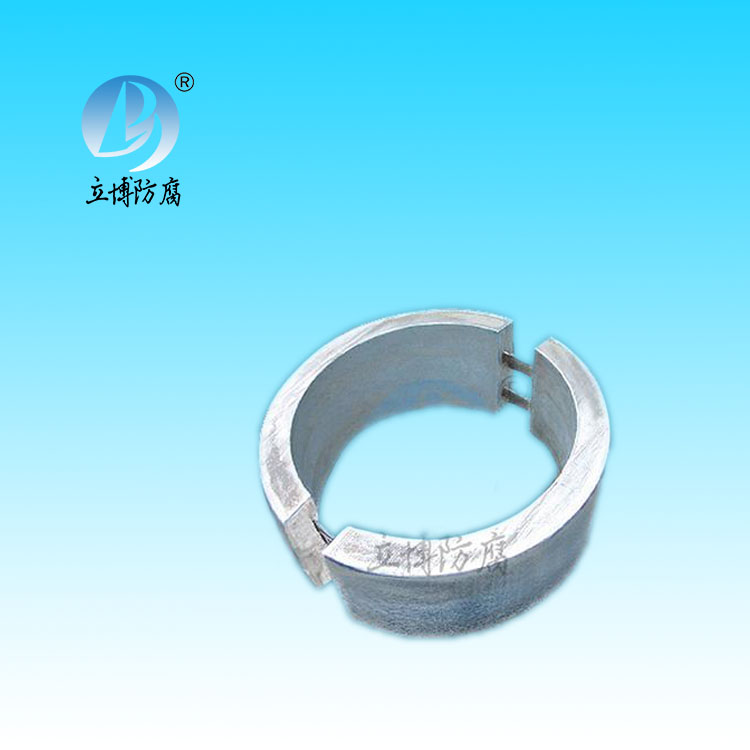News
News
- What is a sacrificial anode
- Basic requirements for reference...
- What does the reference electrode do...
- Why are zinc blocks attached to the ...
- What is the principle of impressed...
- What material does metal structure...
Contact
Phone:18739187123
hotline:0391-7588881
E-mail:970512272@qq.com
Address:Wuzhi County, Jiaozuo City, China
Company News
Where is the severe corrosion part of the atmospheric and vacuum device? What anti-corrosion measures are there?
- Author:Libo
- Source:wphotodu.cn
- Date:2021-08-10
- Click:0

In a larger sense, it can be divided into physical methods and chemical methods. Physical methods do not change the properties of the primary metal, while chemical methods change the properties of the primary metal. Common examples are:
Cover protection -- physical methods
Cover the metal with a protective layer. For example, the metal surface is painted, electroplated or chemically formed with a dense corrosion resistant oxide film.
2 change structure -- chemical method
Change the internal structure of the metal. For example, chromium and nickel are added to ordinary steel to make stainless steel.
Electrochemical protection -- chemical method
Electrochemical protection law. Because the metal element can not gain electrons, as long as the metal is protected as an electrochemical device for the reduction reaction of a pole - cathode, can cause metal electrochemical corrosion of the galvanic cell reaction to eliminate. Specific methods are: A. Impressed current cathodic protection law. The use of electrolysis device, so that the protected metal and the negative electrode of the power supply is connected, and the inert electrode is used as the anode, as long as the applied voltage is strong enough, the protected metal can not be corroded. B. Cathodic protection by sacrificing the anode. A new galvanic cell is formed by combining the protected metal with another metal that is more prone to losing electrons. When the galvanic battery reaction occurs, the original metal is the positive electrode (i.e., cathode), which is protected and corroded by the external active metal - the negative electrode (i.e., anode). In addition, there are corrosion inhibitors and other methods to slow or prevent the corrosion of metals.








 客服QQ
客服QQ